Money
Debt, despair, and uncertainty plague Bhairahawa airport
Minister says PM will push for air route permits, aim to address Indian concerns on Bhairahawa, Pokhara airports.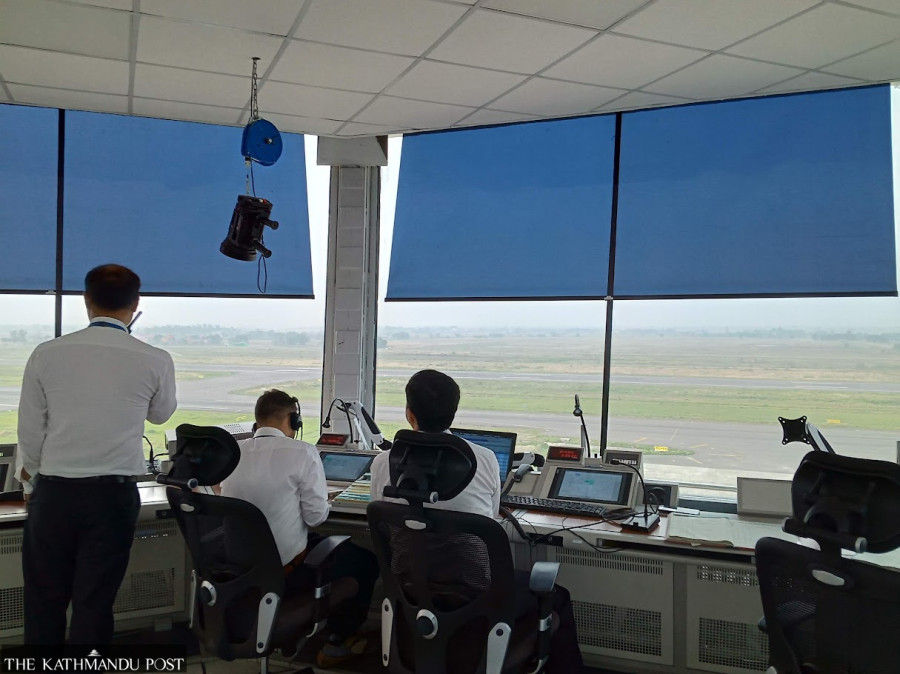
Sangam Prasain & Dipendra Baduwal
In 2017, the government floated the idea of allowing the private sector to operate the Gautam Buddha International Airport in Bhairahawa under a public-private partnership (PPP) model. Located in south-central Nepal, the airport is the gateway to Lumbini, the birthplace of Gautam Buddha, an international pilgrimage site.
The process of upgrading Bhairahawa into an international airport began in 2015 and was expected to be completed by 2019.
Following the go-ahead, stakeholders—including officials from the Asian Development Bank, the project’s financier, and senior officials from the tourism and finance ministries—met at the National Planning Commission to explore involving private companies in its operation. The meeting decided to carry out a feasibility study to recommend PPP options.
In June 2019, the Cabinet gave approval “in principle” to the tourism ministry’s proposal to appoint foreign firms to operate the airport through a government-to-government (G2G) deal.
Later that year, a six-member negotiation team was formed to engage with Germany’s Munich Airport, which had expressed interest. The ministry asked the company to submit a detailed plan outlining its operating modality, fee structure, and revenue-sharing system.
But the plan stalled. Before Munich could submit its proposal, the ministry closed the file. Four years later, in July 2020, it formally ended the process of appointing Munich Airport as operator. And, it handed over the airport to the Civil Aviation Authority of Nepal (CAAN), whose efficiency at Tribhuvan International Airport had long been questioned.
The government’s hesitation was in the context of wider controversies over G2G projects, including a proposed security printing press, procurement of machine-readable passports, the purchase of a satellite and medical equipment, and the acquisition of six Chinese-made planes for Nepal Airlines.
Many of these projects were later scrapped.
A tourism ministry official admitted at that time, “We don’t have laws clearly defining the G2G modality. And, as we have received proposals only from Munich, we may get into trouble.”
The airport was officially inaugurated in May 2022—three years behind schedule. No private operators were invited.
In doing so, the government breached an earlier agreement with the Asian Development Bank, which had made private operation a precondition of financing.
Yet, three years after its grand opening, the airport still lacks scheduled international passenger flights. Most operations so far have been carried out under a temporary operating permit.
Now, stakeholders in Bhairahawa are demanding that the government hand the facility to private operators amid fears that the expensive infrastructure may simply fall into disuse.
At an interaction on Saturday organised by the Siddhartha Chamber of Commerce and Industry, local business leaders and officials urged Civil Aviation Minister Badri Prasad Pandey to enact legal and policy measures to bring in international operators through global tenders.
Siddharthanagar Mayor Istiyaq Ahmad Khan blamed government indifference for the airport’s stagnation. “One level of government cannot by itself make this airport work,” he said, stressing the need for coordination among local, provincial, and federal authorities.
“It feels like we have enough wealth but cannot find a way to use it,” he added. “If the government fails, private players should be entrusted. We are even ready to mortgage our land and jewellery to buy planes and operate flights.”
Rajesh Kumar Agrawal, central member of the Federation of Nepalese Chambers of Commerce and Industry, said the prolonged uncertainty has triggered a wider crisis in Rupandehi. “Once a sleepy town, Bhairahawa had become vibrant with the promise of an international airport. People invested in land, hotels, and businesses, expecting tourists. If the government cannot run it, it must allow private operators to do so through global tenders.”
Siddhartha Chamber of Commerce and Industry President Netra Prasad Acharya was more direct: “We cannot be kept in perpetual uncertainty. If the airport cannot be run, then say so clearly.”
He criticised the government for ignoring repeated appeals from local forums and media, saying, “We have been focusing only on the airport, putting aside all other agenda, but the government is still indifferent.”
Tourism entrepreneur Bishnu Prasad Sharma pointed to the absence of even short-haul flights. “Flights to Uttar Pradesh in India alone would have been a relief,” he said.
Siddhartha Hotel Association President Chandra Prakash Shrestha argued that redirecting some Gulf-bound flights from Kathmandu could make Bhairahawa viable.
“The airport was built mainly to attract Buddhist pilgrims, so why are we not pursuing direct flights to Sri Lanka, Thailand, or Vietnam?” he asked, warning that local businesses were collapsing under debt. “Hotels with investments ranging from Rs40 million to Rs250 million are under auction, with eight already repossessed by banks,” he said, even warning of election boycotts if the airport remains idle.
Airport General Manager Pratap Babu Tiwari admitted the facility lacked basic support systems.
“Passengers prefer Kathmandu as services like labour offices, visa centres, and medical certification are missing here,” he said. He noted that airlines such as Kuwait’s Jazeera and Thai AirAsia had achieved load factors of 77 percent when they operated, but could not sustain regular flights without proper facilities.
“The prime minister should resolve pending issues like air routes during his [upcoming India] visit,” he added.
Tourism Minister Pandey confirmed that Nepal’s agenda for Prime Minister KP Sharma Oli’s India visit will include securing international flight route permits, addressing India’s reservations towards Bhairahawa and Pokhara airports, and promoting regional air connectivity.




 9.12°C Kathmandu
9.12°C Kathmandu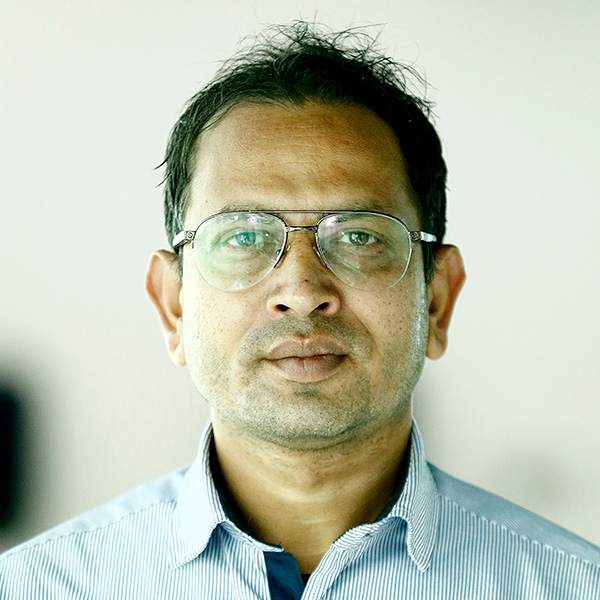




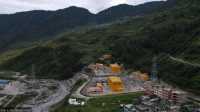



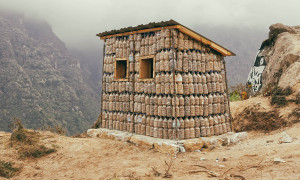


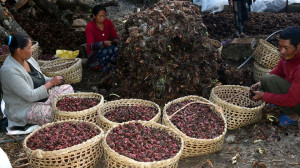


%20(1).jpg&w=300&height=200)
